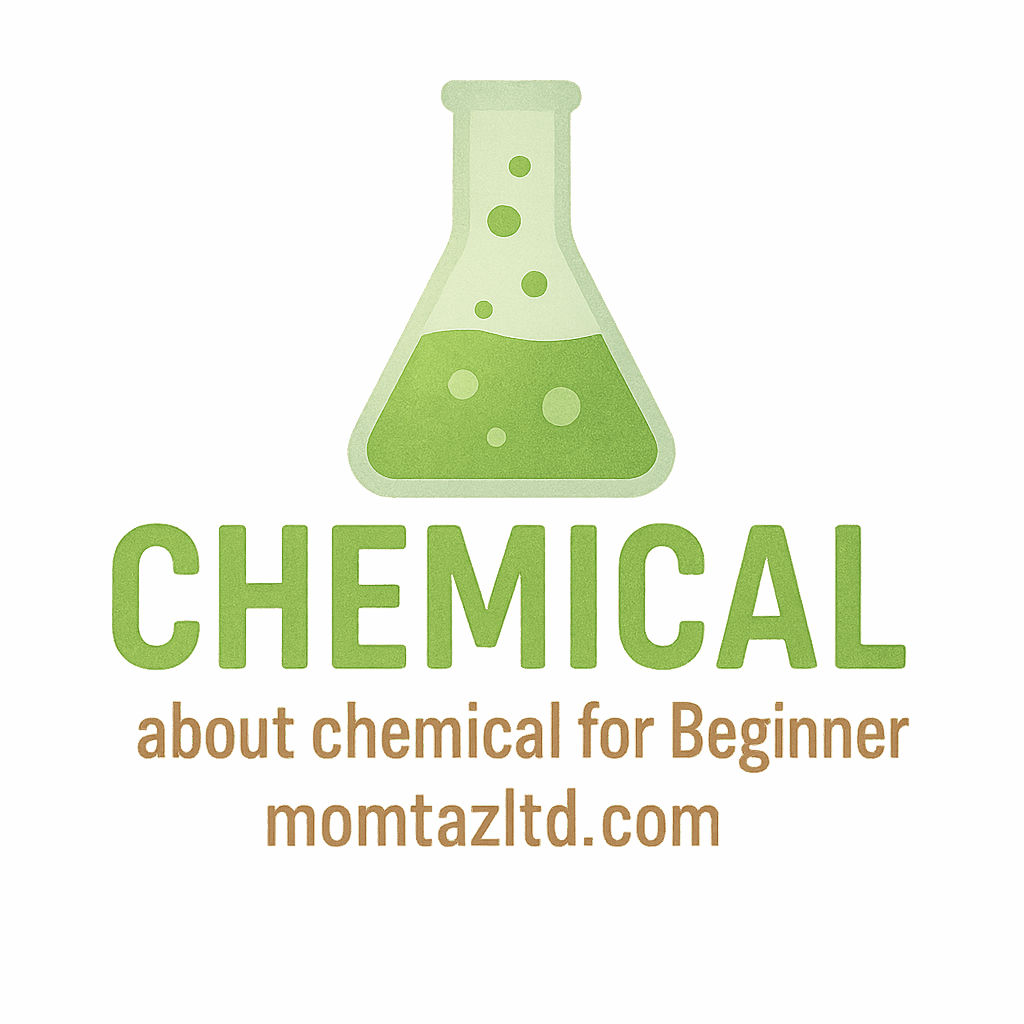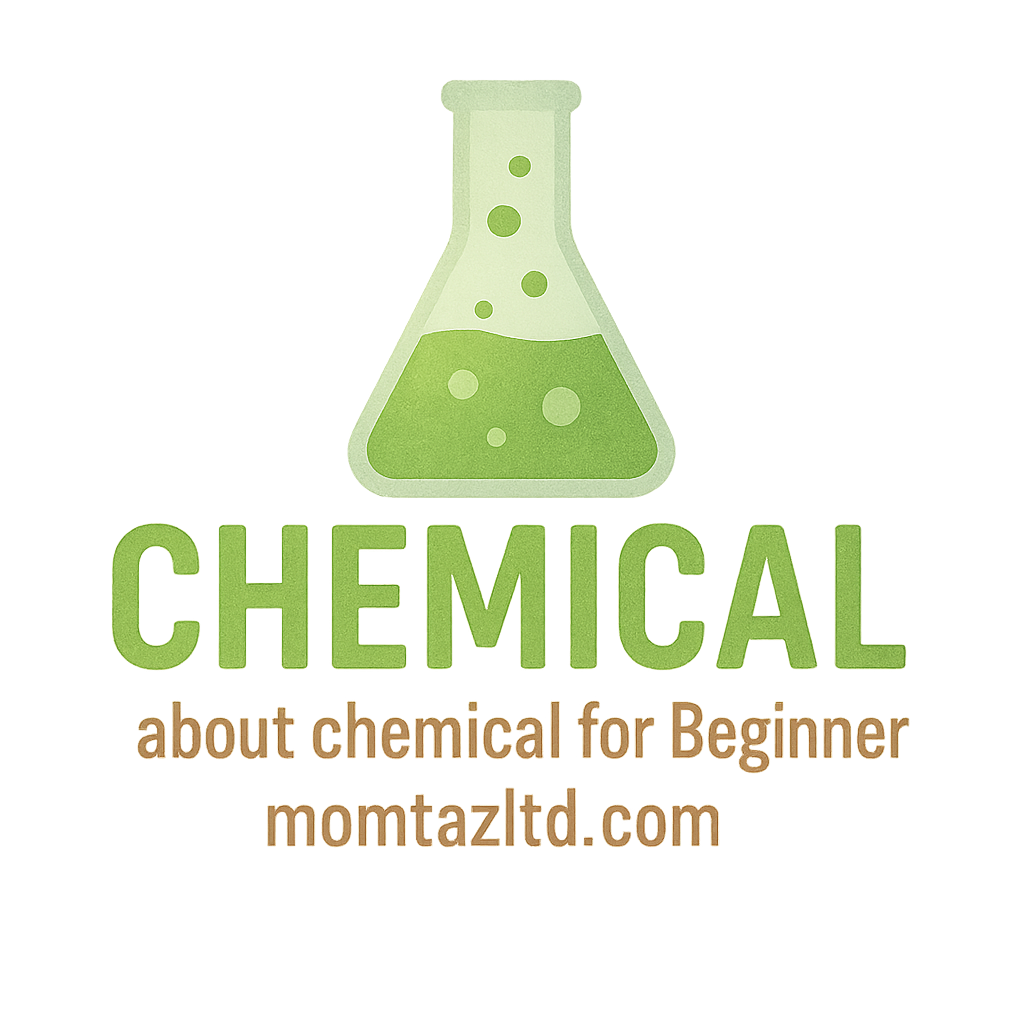Introduction to Chemical Safety for Beginners
Starting out in chemistry can feel like entering an entirely new world—bright liquids, strong smells, and fascinating reactions. But let’s be real: the excitement comes with risks. For beginners, handling chemicals without the right safety gadgets is like learning to ride a bike without training wheels—you’re bound to fall.
This guide will walk you through 12 essential safety gadgets that support chemical for beginner so you can explore science without unnecessary risks. Whether you’re experimenting in a school lab, studying at home, or stepping into an industrial environment, these tools are your safety net.
Why Safety Gadgets Are Essential in Chemistry
Preventing Accidents Before They Happen
Chemistry isn’t just about mixing substances; it’s about controlling reactions. Safety gadgets minimize exposure to harmful fumes, protect your skin and eyes, and help you respond if something goes wrong.
Building Confidence in Beginners
When beginners feel safe, they learn faster. Wearing goggles, gloves, and lab coats may feel a bit dramatic at first, but they provide the peace of mind you need to focus on the science.
If you want to explore the basics before diving deeper, check out chemical basics.
Safety Gadget #1: Safety Goggles
Why Goggles Are Non-Negotiable
Eyes are incredibly sensitive, and even a tiny splash of chemical can cause permanent damage. Safety goggles are like your windshield in a storm—they block splashes, vapors, and flying particles.
Choosing the Right Goggles
Not all goggles are equal. Beginners should look for:
- Anti-fog lenses
- Side protection
- Adjustable straps
For beginners who are curious, see more about laboratory chemicals and why eye safety is so critical.
Safety Gadget #2: Lab Coats
Protection Beyond Clothing
Lab coats aren’t just a fashion statement—they protect your body from spills and burns. Imagine them as armor that shields your clothes and skin from dangerous splashes.
Materials to Look For
Cotton and polyester blends are good, but flame-retardant materials are better. Beginners should avoid synthetic fabrics that melt when exposed to heat.
Safety Gadget #3: Chemical-Resistant Gloves
Nitrile vs. Latex: Which Is Better?
Nitrile gloves are usually the best choice for beginners. They resist more chemicals than latex and are less likely to cause allergic reactions.
When to Replace Gloves
One small tear makes gloves useless. Always replace them after exposure to strong chemicals. For deeper learning, see household chemicals and how gloves protect you even in everyday cleaning.
Safety Gadget #4: Fume Hoods
How They Work for Beginners
Think of a fume hood as your personal air filter. It sucks away harmful vapors and keeps them out of your lungs. Beginners working with volatile substances should always work under a hood.
Proper Use and Maintenance
- Keep your head outside the sash
- Don’t overcrowd the space
- Check airflow indicators regularly
Learn more about industrial chemicals where fume hoods are mandatory.
Safety Gadget #5: Fire Extinguishers
Different Classes of Fire Extinguishers
Not all fire extinguishers work the same. Beginners should know:
- Class A: Wood, paper
- Class B: Flammable liquids
- Class C: Electrical fires
Why Every Beginner Lab Needs One
Even a small flame can escalate fast. Having an extinguisher nearby is like having an emergency parachute—you hope you never use it, but it could save your life.
Safety Gadget #6: First Aid Kits
Key Items for Chemical Safety
First aid kits should include:
- Burn ointments
- Saline solutions
- Bandages and gauze
Training Beginners to Use Them
A kit is useless if you don’t know how to use it. Basic first aid training is just as essential as having the supplies.

Safety Gadget #7: Spill Containment Kits
What’s Inside a Spill Kit
A standard spill kit includes absorbent pads, neutralizing agents, and disposal bags.
Handling Minor vs. Major Spills
Small spills can be managed by a beginner, but larger ones should always involve supervisors or professionals.
For more insight, check out chemical accidents.
Safety Gadget #8: Eye Wash Stations
Why Time Matters in Eye Emergencies
Seconds matter when chemicals hit the eye. An eyewash station flushes irritants immediately, reducing long-term damage.
Correct Use for Beginners
- Hold eyes open
- Flush for at least 15 minutes
- Seek medical help afterward
Safety Gadget #9: Chemical Storage Cabinets
Separation of Incompatible Chemicals
Not all chemicals play nicely together. Acids and bases, for example, should never be stored side by side.
Safe Storage Practices
Label everything clearly, lock cabinets when not in use, and always follow local regulations. Learn more on chemical storage.
Safety Gadget #10: Respirators and Masks
When Basic Masks Aren’t Enough
Surgical masks won’t cut it in a lab setting. Beginners working with fumes or powders need respirators with proper filters.
Training for Proper Fit
A respirator that doesn’t fit properly is as useless as no mask at all. Always check seal and comfort before use.
Safety Gadget #11: Emergency Showers
Full-Body Protection in Accidents
If a large spill soaks your body, an emergency shower can wash away chemicals before they burn through clothing and skin.
How Beginners Should Practice Response
Practice using the shower during safety drills. That way, you won’t panic in an actual emergency.
Safety Gadget #12: Digital Sensors & Alarms
Gas Detection for Beginners
Some dangers are invisible. Sensors detect leaks of toxic gases or oxygen depletion before humans notice.
Importance of Regular Calibration
Like smoke detectors, gas sensors need regular maintenance to remain reliable.
Extra Tips for Beginner Chemical Safety
Learn from Experts and Mentors
Working with an experienced supervisor is like having a seatbelt—you may not need it every second, but it’s there for protection. For more, see learn from experts.
Practice Chemistry with Care
Start small, double-check labels, and never underestimate the power of “simple” substances. For guidance, explore practice chemistry.
Conclusion
Chemistry is exciting, but it demands respect. By using these 12 safety gadgets that support chemical for beginner, you protect yourself, build confidence, and ensure a positive learning journey. Whether you’re experimenting in your kitchen or in a professional lab, remember: safety gear isn’t optional—it’s your first line of defense.
For more resources on chemical learning, visit Momtaz Ltd and explore beginner-friendly guides, from household chemicals to industrial learning.
FAQs
1. Do beginners really need all 12 gadgets?
Yes. Even simple experiments can go wrong, and each gadget covers a different risk area.
2. Are household chemicals dangerous enough for safety gear?
Absolutely. Everyday cleaners can cause burns, blindness, or respiratory problems.
3. What’s the first safety gadget a beginner should buy?
Safety goggles. Protecting your eyes should always come first.
4. Can I use a kitchen apron instead of a lab coat?
Not recommended. Kitchen aprons don’t protect against heat or chemicals.
5. How do I know which gloves to choose?
Check the chemical compatibility chart. Nitrile is usually a safe choice for beginners.
6. Do digital sensors work in small labs?
Yes, even home setups can benefit from gas detection alarms.
7. Where can I learn more about beginner chemical safety?
Visit beginner chemistry and other guides at Momtaz Ltd for expert advice.


